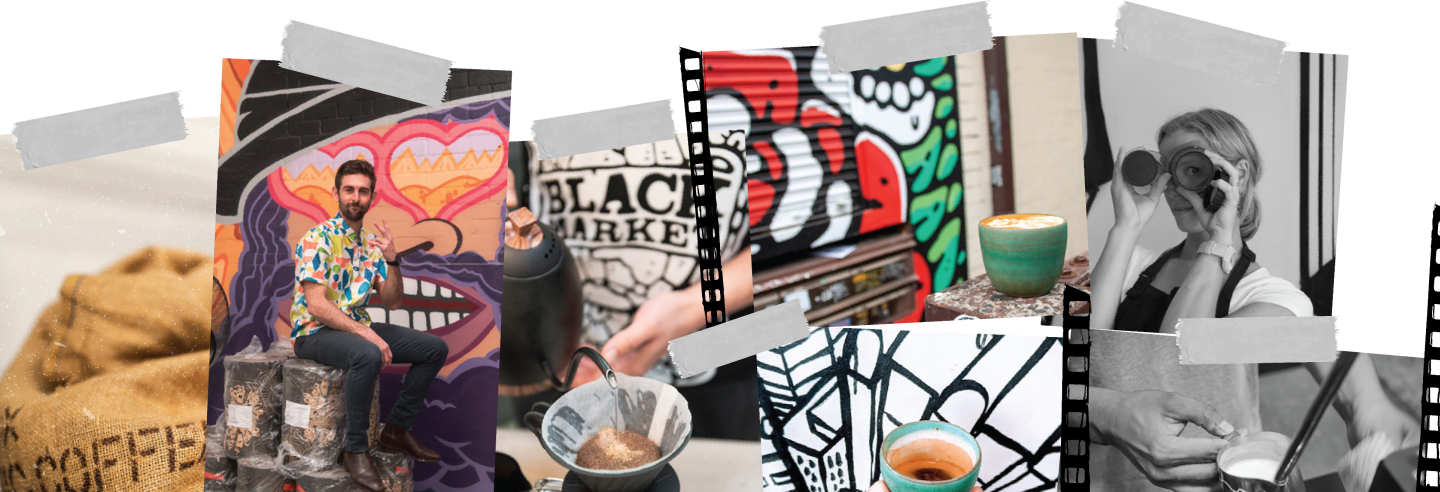
FERMENTING WITH YEAST INOCULATION. YUMMO.
Inoculation is to introduce microorganisms, vaccines, or sera by inoculation. You know this because, thanks to the coronavirus, inoculation is currently on trend. In vogue. Hip. Not since frosted tips and razor scooters has such a trend dominated the entire globe. But, as you have deduced correctly, coffee does not have coronavirus, so what does it have to do with inoculation? Can we be inoculated with coffee? I don’t see why not, but what we’re talking about is a pretty new tool in the coffee processing box – fermenting coffee through yeast inoculation.
Fermenting coffee through yeast inoculation is essentially bringing words which are by themselves for the most part are slightly repulsive, and bundling them up together to make a sentence full of wonderful, delicious meaning.
While this sentence is newish to the coffee world, when you see the line up of other guys that use it, you’ll see it’s joining really great company. Sourdough. Wine. Beer. Cheese. Chocolate. Like the quasi ironic mullet, all the cool kids are doing it. I wanna be inoculated.
To oversimplify, yeast is an organism that lives, grows, is active, and is a culture. What it does is not unlike the athlesia movement (culture), a growing body of activewearers (organisms), and replacing chips and cigarettes with coconut oil and motivational memes (overpowering unwanted flavour characteristics from bacteria and mould with positive vibes).
Wine makers have been using this tool for decades to improve the quality of their product, and just recently a number of coffee producers have begun taking notes, having a little looksie at what their viticulturist friends are doing, and made like Beaker and The Swedish Chef experimenting in the fermentation station.
It’s an exciting stage of the process, a lot of trying this, giving that a go. Aide Battle from El Salvador has added 50 grams of yeast per 45 kilos of coffee cherries in the fermentation tank and let it sit for various lengths of time. She’s sprayed yeast directly onto the beans in the drying process at various intervals. She’s tried adding fermenting at different temperatures. She’s had a great time!
And not only a great time, but an educational one too. Experiments from a bunch of people horsing around with Yo-Ino (I think this will stick) have produced some interesting finds. They’ve not only found that it is doing a great job of getting rid of imperfections and defects in the cup, but various strains of yeast promote different flavour profiles in the cup, some enhance the chocolates, others the fruit. Wine makers such as Zach Scott have 70 plus wine specific strains to play with in their yeast library, coffee makers such as the same Zach Scott have 3 coffee strains to play with, but as the experimenting grows, so too will the strains of yeast to have even more nuanced and varied influences on the coffee! Such a learned time.
And not just a learned time, but an economical impacting time. Green bean boy Lattore & Dutch notes that the improvement in the cup can in some cases lead to a much higher score. He found that already highly scored coffees would only gain one or two more points, whereas coffees scoring around 75 – 78 could improve to 84-86 with YoIno in the processing mix. This could increase a coffee’s value and bring more benefit to the producers, but also make a wider range of coffee available to specialty coffee roasters.
To surmise, yeast loves a party and brings a positive attitude. All the yum kids are here: wine, beer and sourdough. Now coffee is in the mix, and the night is young. What a time everyone is having!
References
https://www.hospitalitymagazine.com.au/coffee-industry-finally-taking-cues-from-wine-world/
Be The first to know about new digs.

